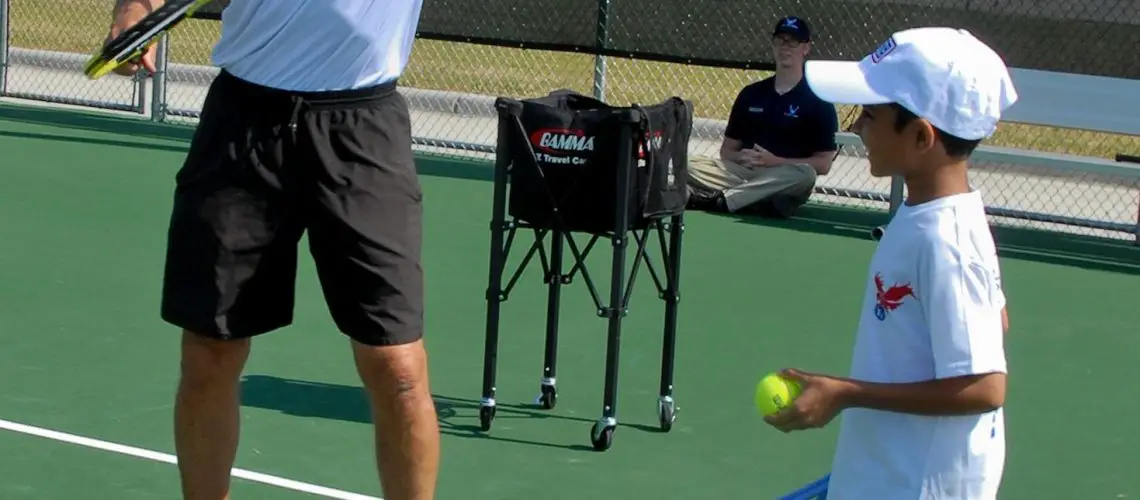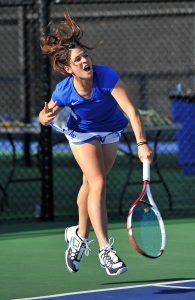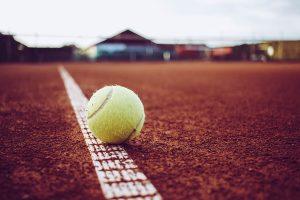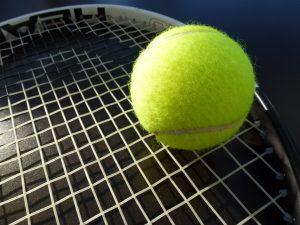We may earn money or products from the companies mentioned in this post.
Introduction
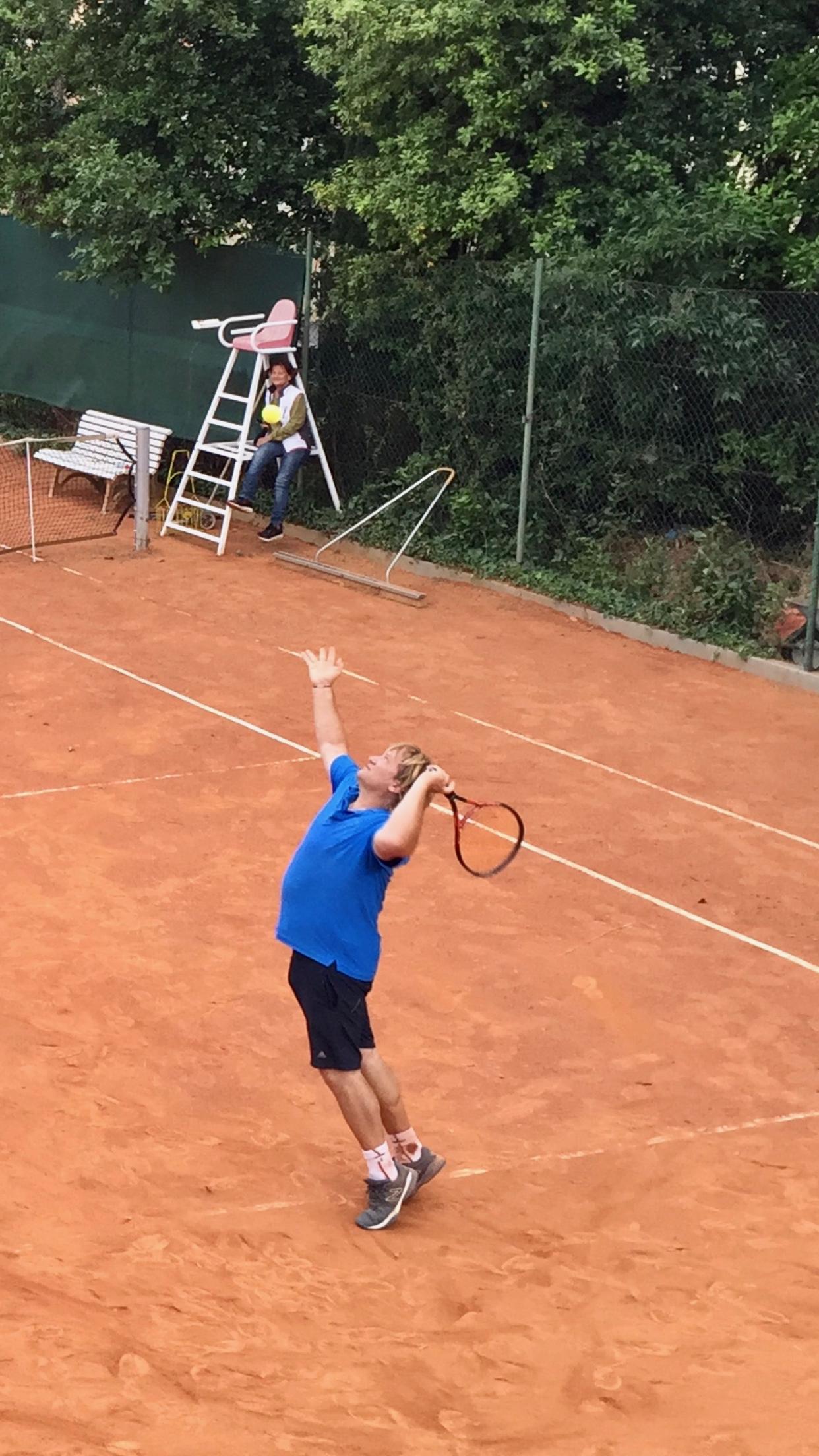
Welcome to the world of tennis, where the serve reigns supreme as one of the most crucial shots in the game Whether you’re a professional player or a weekend warrior, mastering the art of serving can give you a significant advantage over your opponents In this article, we’ll delve into the ins and outs of the tennis serve, exploring its importance and the different types of serves used by players
Introducing the concept of a tennis serve
The tennis serve is more than just an initiation of play; it sets the tone for each point and can dictate the outcome of matches It’s often considered one of the most powerful weapons in a player’s arsenal When executed effectively, a well-placed serve can put pressure on opponents, forcing them into defensive positions and creating opportunities for winning shots
Players have developed various types of serves to add variety to their game and keep their opponents guessing The three main types are flat serves, slice serves, and topspin serves Each type has its unique characteristics that allow players to exploit different strategies during matches
Purpose of this article
In this article, our focus will be on educating readers about where exactly a tennis serve needs to land within specific parameters set by official rules Understanding these rules is essential for both players and spectators alike as it ensures fair competition and proper scoring
We will also provide comprehensive information on service rules that govern how serves should be executed correctly without incurring penalties or violating any regulations set by governing bodies such as the International Tennis Federation (ITF) or associations like Wimbledon or US Open
Tennis Court Anatomy and Service Boxes
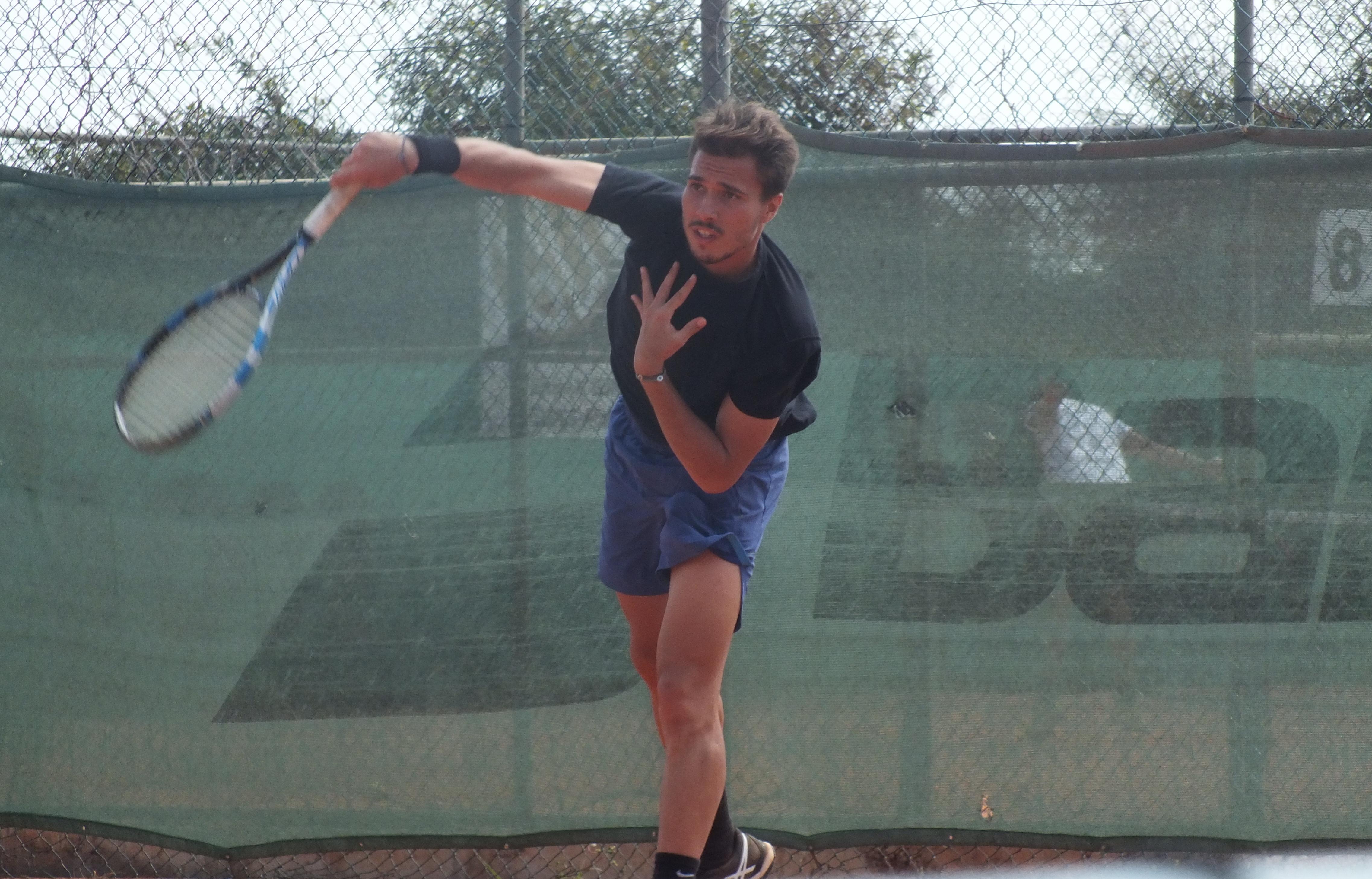
When stepping onto a tennis court, it’s important to understand its layout and markings The dimensions and lines on the court play a crucial role in determining gameplay strategies and positioning Let’s dive into the fascinating world of tennis court anatomy
Understanding the layout of a tennis court
A tennis court is divided into various sections, each serving a specific purpose The main lines you’ll find on a typical court include the baseline, service line, and center line These lines not only demarcate different areas but also help players make accurate shots and stay within bounds
In addition to these essential lines, there are differences between singles and doubles courts when it comes to markings Doubles courts are slightly wider than singles courts to accommodate four players instead of two The extra width provides more space for strategic shot placement and movement during doubles matches
Service boxes explained
The service boxes are significant areas located on each side of the net where players must serve from during a match These boxes have specific dimensions that players need to adhere to while serving
The right service box is positioned on the right half of the court when facing the net from the baseline Conversely, the left service box is located on the left half of the court in relation to the net These boxes create defined zones where serves must land for them to be considered legal
How these boxes affect serving in singles and doubles matches
The service boxes play an integral role in both singles and doubles matches, influencing how players approach their serves strategically
In singles matches, players will typically alternate between serving from either service box throughout the game This variation allows for greater versatility in shot placement, forcing opponents to adjust their positioning accordingly
On the other hand, doubles matches require a more coordinated approach Usually, one player on each team will serve from the right service box, while their partner stands at the net ready to intercept any returns This strategy helps maximize court coverage and capitalizes on each player’s strengths
Understanding the anatomy of a tennis court, including its dimensions and service boxes, is vital for players seeking to improve their game By mastering these elements, players can strategically utilize different areas of the court and gain an edge over their opponents
Rules Governing Tennis Serves

ITF rules for serving in professional matches
When it comes to serving in professional tennis matches, the International Tennis Federation (ITF) has set some specific rules to ensure fair play and maintain a level playing field These rules govern various aspects of the serve, including the toss and contact with the racket, foot placement during the serve, and maintaining a proper stance within the designated service area behind the baseline
1 Tennis ball toss and contact with racket
The first rule focuses on how players execute their ball toss and make contact with the racket The ball must be thrown vertically upwards without any spin or excessive movement The server needs to strike the ball before it hits the ground, ensuring a clean hit that propels it over the net towards their opponent’s side of the court
2 Foot placement during the serve (foot fault penalties)
Proper foot placement is crucial during a serve as it determines whether a player commits a foot fault or not A foot fault occurs when any part of the server’s feet touches or crosses over the baseline or center mark before striking the ball Umpires closely monitor this aspect of serving, and if a foot fault is detected, penalties may be imposed on players
3 Proper stance within the correct service area behind the baseline
To maintain fairness in serving, players must adhere to specific guidelines regarding their stance within the service area behind the baseline The server should stand diagonally opposite from their opponent, ensuring they are positioned correctly on one side of their respective court half while aligning themselves with both sidelines
The role of umpires and line judges in monitoring serves
In professional tennis matches, umpires and line judges play a crucial role in monitoring serves and ensuring that the rules are followed They are responsible for making accurate calls on faults or lets during the serve, maintaining the integrity of the game
1 Calling faults or lets
Umpires and line judges closely observe each serve to detect any faults or lets A fault is called when a player fails to execute their serve according to the established rules, such as committing a foot fault or an improper ball toss On the other hand, a let is called if there is interference during the serve, hindering fair play
2 Challenges made by players using Hawk-Eye technology
In recent years, players have been given the opportunity to challenge certain calls made by umpires using Hawk-Eye technology This system utilizes advanced cameras and computer algorithms to track ball trajectory accurately Players can request a review of specific calls related to their serves, adding an element of fairness and transparency to the game
Breaking Down Where The Serve Has To Land: Singles Vs Doubles Matches

Serving is a crucial aspect of tennis and understanding where the serve has to land can make a significant difference in both singles and doubles matches Let’s explore how the serve placement differs between these two game formats
Serving In Singles Matches
In singles matches, each player serves from one side of the court The right-hand side player, also known as the deuce side, serves first Their goal is to land the ball in their opponent’s right service box on the court This strategic placement aims to exploit any weaknesses or vulnerabilities on the opponent’s backhand side
Next, it’s the left-hand side player’s turn, also referred to as the ad side player They serve from the opposite end of the court and aim to land their serve in their opponent’s left service box This positioning allows them to target their opponent’s forehand side and potentially gain an advantage during rallies
Serving In Doubles Matches
Doubles matches introduce additional complexities when it comes to serving placement Each team consists of two players, positioned on opposite sides of the court
The right-hand side player takes their turn serving first in a doubles match Their objective is to deliver a well-placed serve into their opponent’s right service box within the doubles court boundaries By doing so, they create opportunities for their partner at net to intercept any weak returns or set up effective volley shots
Similarly, when it’s time for the left-hand side player to serve, they aim for their opponent’s left service box within the doubles court layout This strategic positioning maximizes opportunities for teamwork and coordinated plays between partners during rallies
Common Serving Errors and Their Consequences
While serving is a fundamental aspect of tennis, it’s not without its challenges Here are a couple of common serving errors and their potential consequences:
-
Double faults:
A double fault occurs when a player fails to get both their first and second serves in the designated service box This results in an automatic point loss for the server’s team -
Let serves:
Let serves happen when the server’s ball hits the net but still lands inside the correct service box In such cases, the serve is replayed without any penalty, giving the server another chance to make a successful serve
To excel in tennis, mastering the art of strategic serve placement is essential Whether you’re playing singles or doubles matches, understanding where your serve needs to land can give you a competitive edge and set you up for success on the court
Conclusion
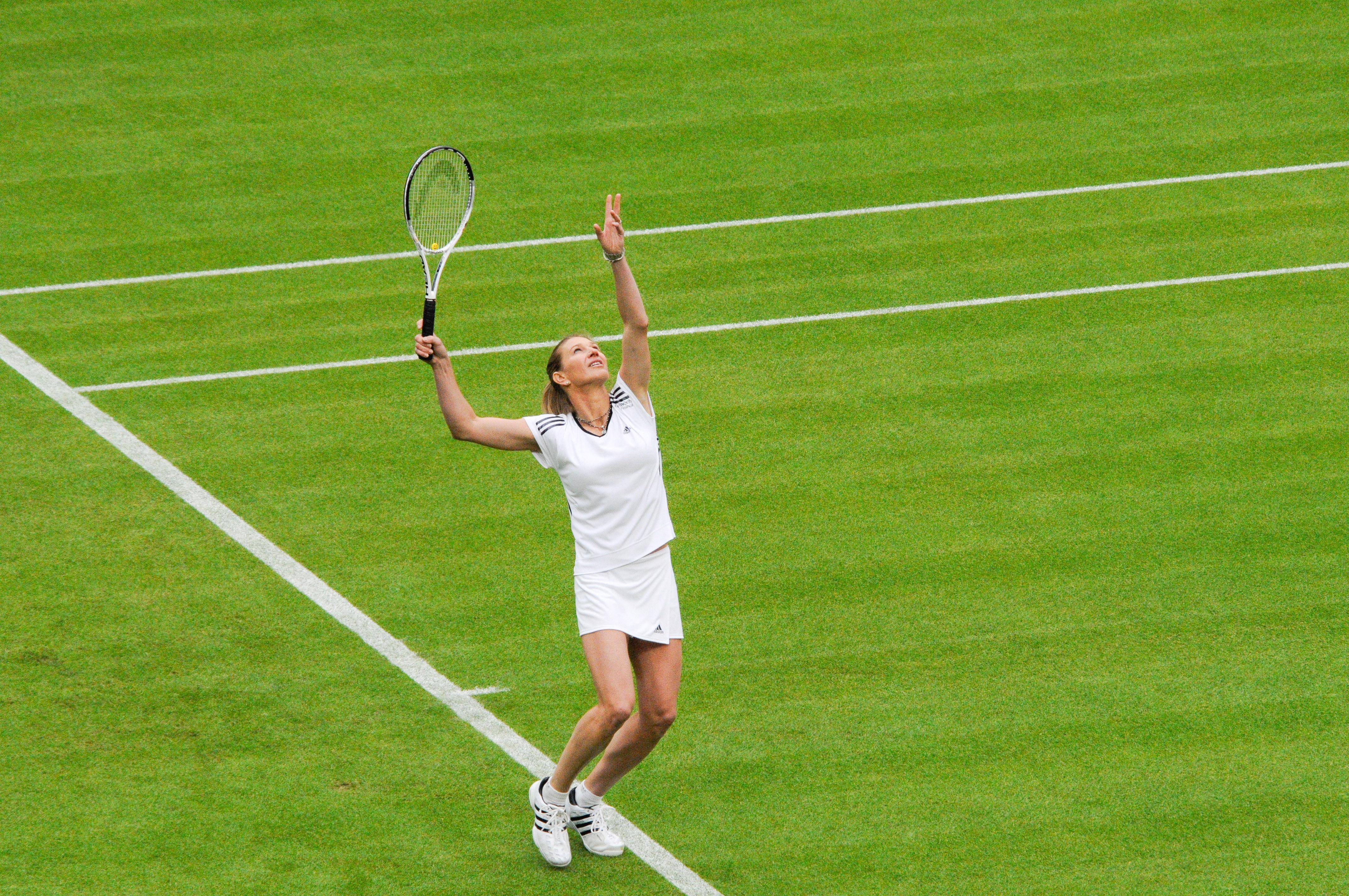
In conclusion, understanding the rules and regulations of serving in tennis is crucial for players looking to excel in their game By familiarizing themselves with the correct service boxes and targeting them accurately, players can gain a significant advantage over their opponents Serving strategically not only allows players to control the pace and direction of the game but also puts pressure on their opponents, making it harder for them to return the serve effectively
Moreover, practicing serves regularly is essential for improving accuracy and developing overall skill in tennis Like any other aspect of the game, serving requires consistent practice to master By dedicating time and effort into honing their serving technique, players can enhance their ability to place the ball precisely where they want it on the court This improves their chances of winning points and ultimately achieving success in matches
So whether you’re a beginner or an experienced player, remember that serving plays a crucial role in your performance on the tennis court Take the time to understand the rules and regulations surrounding serves, target those service boxes effectively, and practice regularly to improve your accuracy and skill level With dedication and hard work, you’ll be well on your way to becoming a formidable opponent with a killer serve!
Useful Links
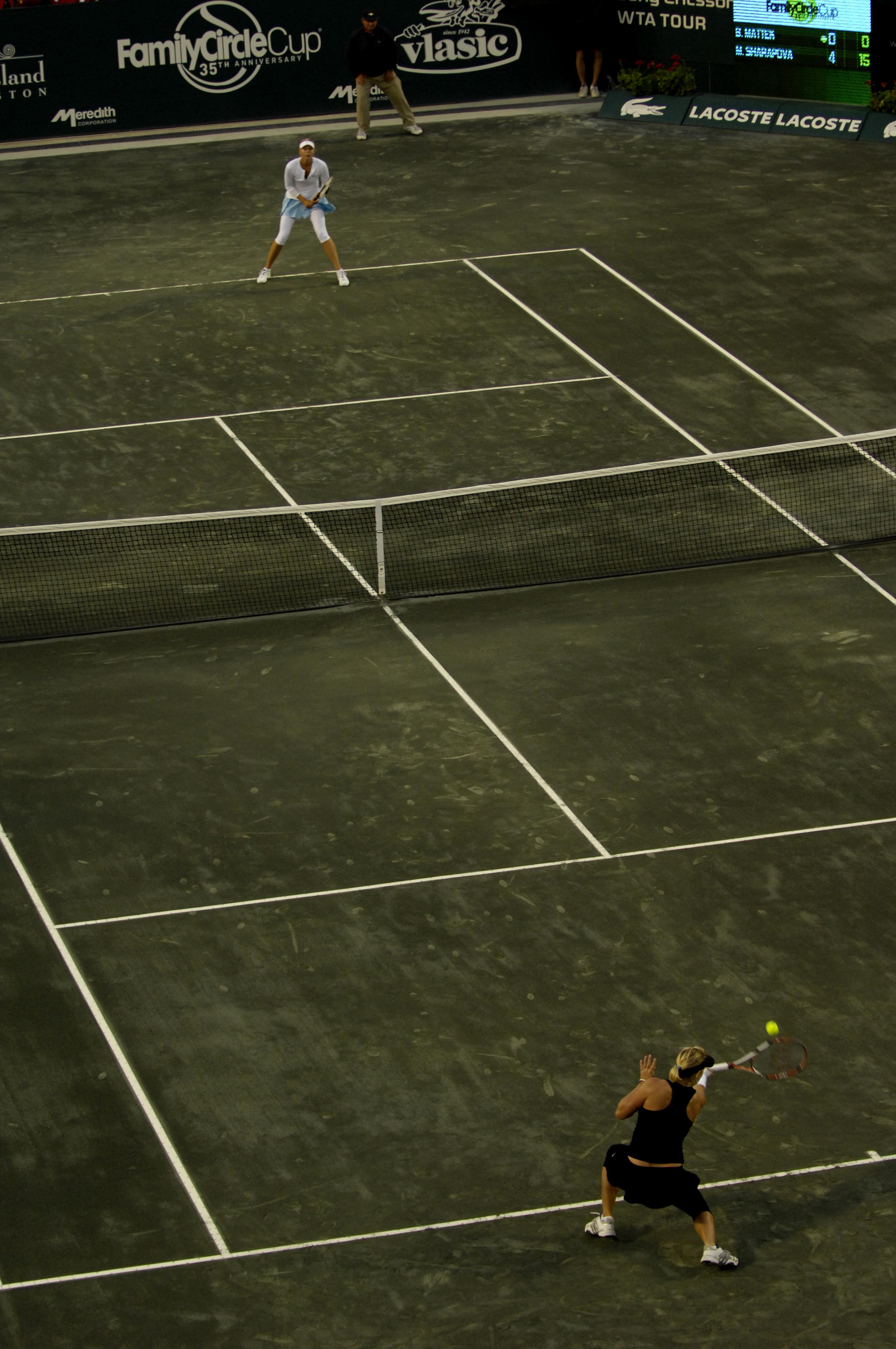
Which leg to land on a serve? – Talk Tennis
Tennis Rules Explained – The Basics of Tennis
Basic Tennis Rules
Tennis rules: Know how to play
Tennis Rules and Etiquette Guidelines
How to Serve a Tennis Ball (with Pictures)
What Is A First Serve In Tennis?
Let in Tennis | Definition, History, and FAQs
Table Tennis Rules
How To Play Tennis | Rules of Sport
In tennis, when you serve the ball, can you step on …
Tennis Serve Technique – 7 Steps To Correct Serve
The Quick Guide to Tennis Rules for Beginners
How to Serve in Tennis for Beginners
Tennis
TENNIS RULES
Table Tennis Rules – Concord
Don’t Get Caught In No Man’s Land After Your Serve!

